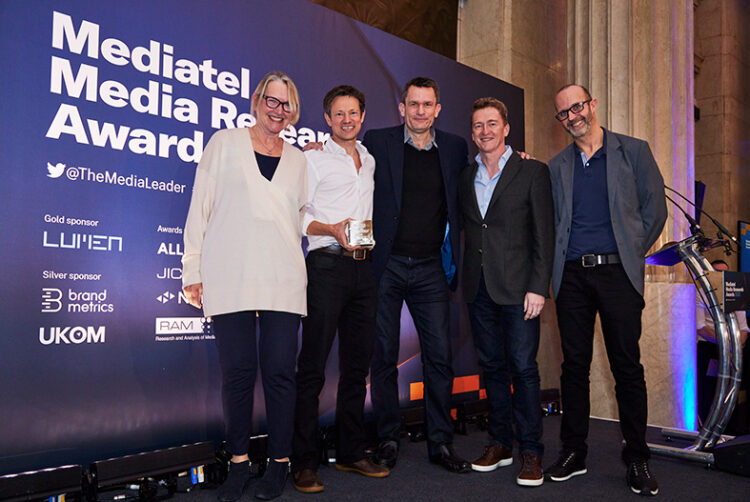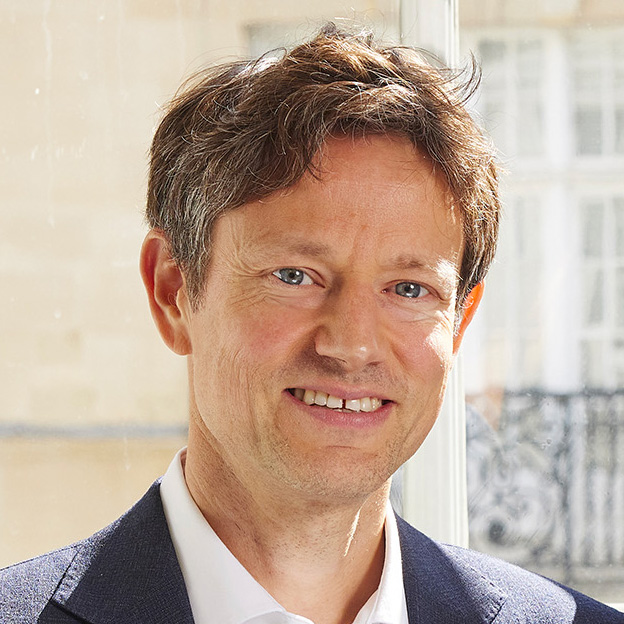‘Remain vigilant’: Sam Tomlinson reflects on PwC’s transparency study

The 10th anniversary edition of the Adwanted Media Research Awards (AMRAs) are now open for entries.
Along with 16 award categories, there is a Grand Prix, which was won by Global at the 2024 AMRAs.
The Grand Prix is the most coveted prize and recognises the best of the best in the media research community that year.
In honour of 10 years of innovative, game-changing research, The Media Leader is looking back on three Grand Prix-winning projects that continue to be discussed today, with reflections from the people spearheading them.
First up is PwC, which won the Grand Prix in 2022 for its work looking at transparency in the programmatic supply chain. The company’s Marketing & Media team worked with Isba, the Association of Online Publishers, 15 major advertisers, 12 premium publishers, eight media agencies, five demand-side platforms and six supply-side platforms.
The supply chains involved in programmatic advertising are notoriously opaque, so the study aimed to investigate these further to foster greater transparency in order to encourage smarter and more efficient investment in a crucial part of online advertising.
Despite similar work from the World Federation of Advertisers previously, this was the first study in the world to go beyond buy-side data and use data science techniques to match and map impressions and supply chains from advertiser to publisher.
The key finding — after analysis of 1bn impressions, of which 31m were successfully matched — was that publishers received just 51% of adspend on average. Importantly, 15% of adspend could not be attributed — something PwC called the “unknown delta”.
Two key recommendations were made: standardisation is urgently required to improve data access and quality; and industry collaboration is required to investigate and reduce the unknown delta.
In addition to the Grand Prix, the project also picked up Best Custom Media Research Project (Trade Body) and The Adrian Edwards Award for Best Use of Datasets at the 2022 event, then known as Mediatel Media Research Awards.
 Sam Tomlinson, chief client officer, MediaSense; former partner, PwC
Sam Tomlinson, chief client officer, MediaSense; former partner, PwC
Do you think transparency in programmatic, and the supply chain more widely, is still an issue?
“Our second programmatic study in 2022 showed substantial progress at the premium end of programmatic compared to our first study in 2020.
“I would highlight three important caveats: first, non-premium adtech and inventory is still often opaque and messy; second, new digital ad formats and technologies are emerging all the time; and third, transparency requires concerted effort, not complacency.
“Done well, programmatic is a great part of a marketer’s toolkit — with the ‘done well’ being crucial.”
How has this project fed into other work from PwC in this area?
“These two studies resonated globally and showcased the strength of our PwC Marketing & Media team in combining digital advertising expertise with data analysts/scientists and qualified auditors.
“This helped drive our team’s growth and ultimately led to our acquisition by MediaSense. We continue to help clients optimise their digital advertising across all platforms and markets.”
What do you think are the wider industry implications from your findings?
“The industry response to our first study in 2020 was immediate, with a cross-industry taskforce (led by Isba, AOP, IAB, IPA; supported by individual companies and us) that developed the protocols that delivered improved results in the second study in 2022.
“The broader implication is that all industry participants should remain vigilant in how advertising money is spent and inventory delivered, and that progress often requires cross-industry collaboration.”
What was the biggest challenge you encountered?
“The sheer scale of both studies (40-plus participants each time) drove huge complexity in legal permissions and data access, even before starting the actual analysis!
“Progress can be measured in the 2020 study time of 18 months being halved to nine months for 2022. If we ever undertake a third programmatic study, I’m confident it could be delivered in five months (which is the minimum time requirement).”
What was the most surprising insight in the work?
“For both studies, reactions understandably focused on the proportion of adspend reaching publishers and the ‘unknown delta’.
“Two insights that received less coverage were: a) the volume of low-quality, long-tail websites being used in the UK — average of 40,000 in 2020 and 27,000 in 2022; and b) less than 7% of programmatic spend was on third-party data in 2020 and again in 2022 — with such data likely to become gradually less available in the future, even with Google’s deferral of third-party cookie deprecation.”
ISBA/PwC: 15% of programmatic supply chain costs ‘unattributable’
Long way to go: A closer look at ISBA/PwC’s second programmatic study




